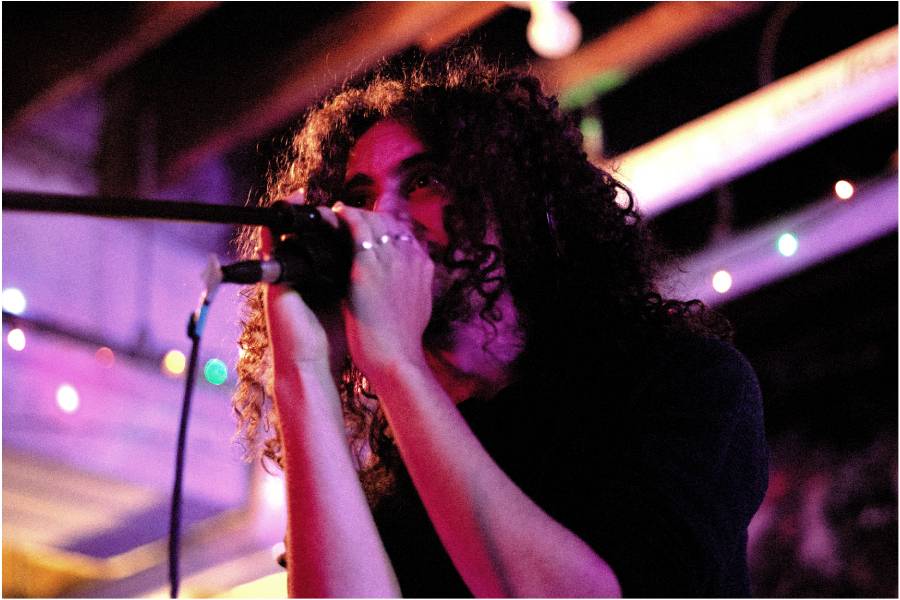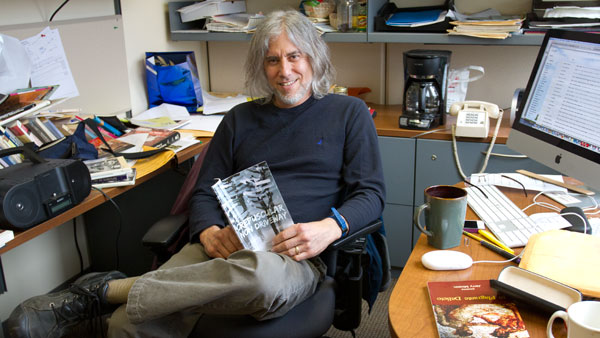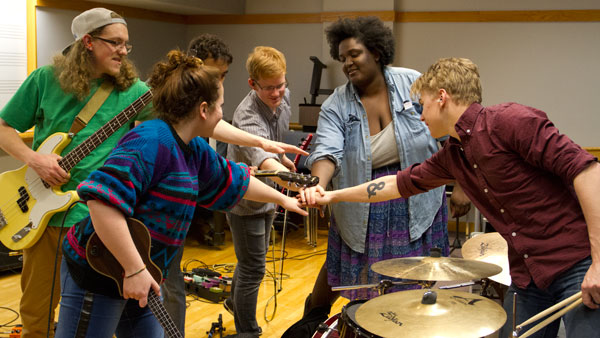Titans and monsters cause trouble once again in “Wrath of the Titans,” the sequel to the 2010 “Clash of the Titans.” Though there are plenty of creatures and giants, they make a mess of both Greece and the movie as they stumble on screen.
Perseus (Sam Worthington), the half-human, half-god son of Zeus (Liam Neeson), is content living the life of an ordinary mortal in a seaside village. But as the power of the gods wane, Hades (Ralph Fiennes) and Ares (Edgar Ramirez) betray the gods and capture Zeus to sacrifice him and unleash the titan Kronos from his prison in Tartarus. Before Kronos and the fiends of Tartarus unleash chaos on the world, Perseus must save his father and find the pieces to a mythical weapon.
This movie is all about the action. After a brief reintroduction to the hero from the first film, “Wrath of the Titans,” the new movie jumps quickly from monster fight to monster fight with little time for any development. There is no time to map and savor the characters or the conflicts between them, which is the film’s main issue.
Except for a few quick lines explaining the back-story, exploration of the main characters is left by the wayside. The characters are all too busy fighting one another to reveal any substantial story behind them. Agenor (Toby Kebbell) is a rogue and son of Poseidon, but beyond that the audience learns hardly anything about him and just goes along with Perseus’ quest. This makes the performances not only shallow, but forced.
For the most part, the sets and locations of the film all have a very similar appearance to a dusty, desolate wasteland. The Greek buildings already look like battered ruins. So many locations have sandy ground and rocky ledges that it’s perplexing how any human can live there, let alone entire armies and civilizations. It does not matter whether the world is saved — the land is already bleak and barren after Kronos rampages through it.
The storyline of “Wrath of the
Titans” is essentially a carbon copy of its predecessor. Perseus starts out living an ordinary human life in both films, and he fights hideous humanoid monsters, a tragically flawed superhuman rival and a colossal monster in both as well. Perseus has to seek advice from mysterious mythical characters to find an ancient superweapon to defeat evil. It does not take long for the number of direct parallels between the two films to become tiring.
Some of the monsters, such as the stampeding Chimera or the monumentally large lava titan, Kronos, may look impressive, but others appear cheap or difficult to distinguish. The Minotaur especially is very hard to see in the dark depths of the labyrinth.
The fights against the monsters leave much to be desired. The sword work can feel very choppy and slow. Other fights are so poorly shot that it is difficult to discern just how Perseus got the chains around the Chimera’s neck or how many poorly animated CGI Cyclops are attacking the group.
Overall, “Wrath of the Titans” falters and falls short in its character and story development, and the fights and settings are dull. Like the powers of the Greek gods in the film, “Clash of the Titans” shows many sides of fading by its second installment.




